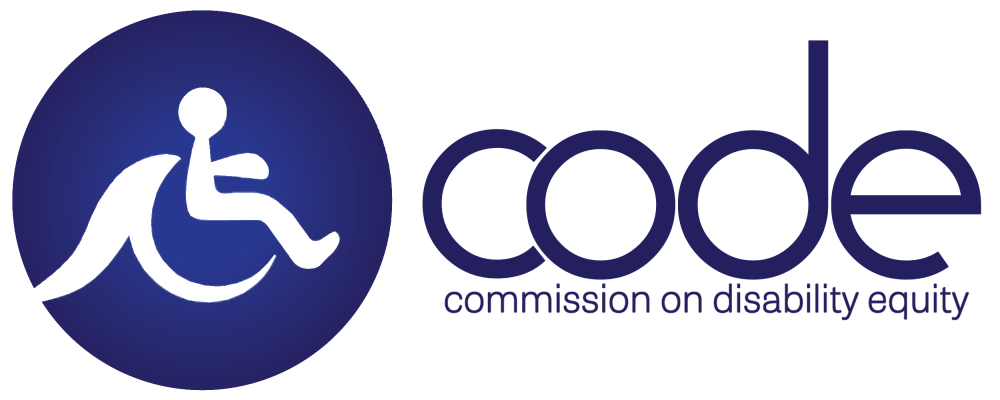If you are looking for a guide on how to avoid ableism in everyday language, visit our Terms to Know page. However, it is important to know that anti-ableism does not end with avoiding ableist language. Below, you can find resources for making the campus and your organization more accessible.
The Kelsey’s Design Standards
The Kelsey centers on the perspectives of people with disabilities to speed up the development of affordable, inclusive community housing—opening new doors to more opportunities for everyone.
“The Kelsey’s leadership includes entrepreneurs of the caliber of those I have backed in the venture world. This drives their impressive progress and lasting impact. As a donor, I appreciate that my dollars are multiplied through The Kelsey’s unique leveraging of public, private, and philanthropic support to create even more good in our communities.” Learn more about their projects and advocacy by clicking on the link above.
CAST Universal Design for Learning (UDL) Guidelines
The UDL Guidelines are a tool used in the implementation of Universal Design for Learning, a framework to improve and optimize teaching and learning for all people based on scientific insights into how humans learn. Learn more about the Universal Design for Learning framework from CAST. The UDL Guidelines can be used by educators, curriculum developers, researchers, parents, and anyone else who wants to implement the UDL framework in a learning environment. These guidelines offer a set of concrete suggestions that can be applied to any discipline or domain to ensure that all learners can access and participate in meaningful, challenging learning opportunities.
Maximizing Usability and Accessibility Workshop Series Resources
In the Fall of 2022, Sophia hosted a 3-part workshop series for the Isla Vista Community Services District. This series of workshops consisted of strategies, tools, and resources pertaining to ensuring digital accessibility, designing inclusive and accessible promotional materials/content, and planning and implementing accessible/inclusive practices for virtual meetings and in-person events/outreach. To view the full resource folder and directory that corresponds to each topic, please click here.
Campus Accessibility
UCSB’s Administrative Services department has put together a webpage which compiles resources for students, faculty, staff, and departments pertaining to accessibility.
CODE supports and works with UC Access Now, a student-led organization campaigning for accessibility and disability justice across the University of California. You can view their Demandifesto here.
If you would like to learn more about what CODE is doing to improve accessibility on campus, please visit our Coalition on Universal Access: ADA Compliance Team page.
CODE’s DSP Guide provides an overview of the services that UCSB’s Disabled Students Program offers to aid students’ academic success.
CODE has created an Accessibility Tools for Education spreadsheet where those with unfulfilled access needs can find accessibility tools along with descriptions of their function. The spreadsheet is editable so that anyone who knows of additional accessibility tools can add links and descriptions to those tools.
Accessible Event Planning
The Pacific Alliance on Disability Self Advocacy has published numerous free resource guides.
You can access the PDF of their “Holding Inclusive Events: A Guide to Accessible Event Planning” guide here: https://autisticadvocacy.org/wp-content/uploads/2019/05/Accessible-Event-Planning.pdf
Digital Content Accessibility
Social Media Accessibility Guidelines
Guidelines for the following can be found on Princeton University’s guidelines for social media accessibility webpage: https://accessibility.princeton.edu/guidelines/social-media
- Alternative Text Descriptions for Images
- Captioning of Videos
- Context for Animated GIFs
- CamelCase Hashtags
- Emojis and Emoticons
- Accessibility Documentation by Platform
TikTok Accessibility
Jaclyn Leduc has written a guide on how to add closed captions to make TikTok videos more accessible, which can be found at this link: https://www.3playmedia.com/blog/best-practices-tiktok-accessibility/
Zoom Accessibility Best Practices
Consult the University of Colorado Boulder’s recommendations on sound quality, video, chat, screen sharing, captioning, recording, transcripts, ASL Interpretation, breakout rooms, and polling by using the following link: https://www.colorado.edu/accessible-technology/resources/zoom-accessibility-best-practices
CODE welcomes any suggestions for resources you believe should be added onto this page.
Visit our Contact Us page to share your ideas!
